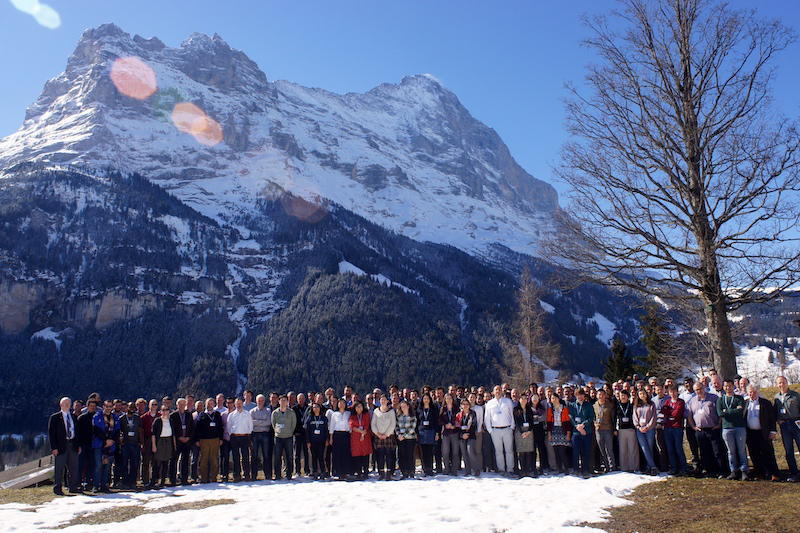Speaker
Description
Advances in Adaptive Optics have made it possible to develop a new generation of very high spectral resolution spectrometers R~(100,000-150,000) operating in the deep red and near-IR on large telescopes. These instruments can be used both for precision radial velocity (PRV) measurements when coupled with high precision calibration sources, direct spectroscopy of exoplanets, as well as for a number of general astrophysics science cases.
Feeding a diffraction-limited beam into a single mode fiber has many advantages: the small A*Omega of a diffraction-limited beam enables a much more compact instrument than a seeing-limited one; a compact instrument is easier to maintain under precise thermal control for high opto-mechanical stability; the use of single mode fibers eliminates mode scrambling and many PRV error budget terms related to instrument point spread function and telescope pointing; and finally a compact instrument is inherently lower cost than a seeing-limited one.
We are presently integrating a prototype PRV instrument, Palomar Advanced Radial Velocity Instrument (PARVI), for the Palomar 5-m telescope, and designing another PRV instrument, HISPEC, for Keck, to be pathfinders for diffraction-limited spectrographs on future ELTs, like TMT. We will discuss science programs for PARVI and HISPEC as well as the design and development status of both instruments. Finally, we note that on a space-based telescope such as the EarthFinder it would be possible to extend these benefits into visible wavelengths.
